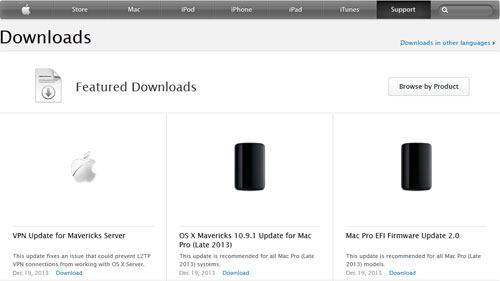
Locking your Mac with a password can go a long way to protecting your data. But, of course, there are ways around a simple account password.
Jun 25, 2016 A security engineer who goes by the name of fG!, specialized in Mac security and reverse engineering, has found a way to reset a Mac's firmware password without.

You can also encrypt your Mac’s drive using Apple’s built-in FileVault platform. But FileVault won’t prevent an attacker from booting up your machine from an external hard drive.
- Jul 11, 2016 Question: Q: Bypass mac firmware password More Less. Apple Footer. This site contains user submitted content, comments and opinions and is for informational purposes only. Apple may provide or recommend responses as a possible solution based on the information provided; every potential issue may involve several factors not detailed in the.
- Even if you aren't a sinister evildoer, there could be times when you need to get into a computer without the password. It's quite easy to do on a Mac, and learning how to do it can help.
- A firmware password on Mac systems locks the hardware to prevent booting to alternative modes that could bypass OS X security, but in order to access some of these modes you first have to disable.
- SEE ALSO: How to Remove Startup programs in Mac OS X Solution 3: Disable the Firmware password utility 1. Restart Mac and Press and Hold Command+R 2. Click “Utilities” from menu bar and click on “Firmware password utility” 3. Select it to turn off the password.
- To create a firmware password, start up your Mac from macOS Recovery by pressing and holding the Command and R keys immediately after turning on your Mac. When the macOS Utilities window appears, choose Utilities Firmware Password Utility (OS X Mountain Lion through macOS Sierra) or Startup Security Utility (macOS High Sierra or later).

If you are truly concerned about the privacy and security of your Mac, one of the strongest measures available is a firmware password.
Here’s what you need to know.
Benefits and Drawbacks
Unlike regular passwords, which can be deleted or reset, a firmware password exists in persistent memory on your Mac. In other words, it’s nearly impossible for most people to bypass.
As mentioned earlier, a firmware password will prevent anyone from accessing any disk on your Mac except the designated startup disk (without the password).
On the other hand, there are a couple things to keep in mind if you’d like to use a firmware password.
Notably, it isn’t easily reset. If you ever forget your firmware password, you’ll need to schedule an in-person appointment at a Genius Bar or Authorized Service Provider and bring a proof-of-purchase.
A firmware password will also prevent some Mac startup key combinations from working.
Enable Firmware Password
Once you weigh out the pros and cons, you can enable or disable your Mac’s firmware password using Recovery Mode. Here’s how.
- Turn off your Mac if it’s powered on.
- Turn your Mac back on and immediately hold down Command + R. This will activate Recovery Mode.
- Wait for the OS X Utilities menu to pop up.
- Clicks on Utilities in the top menu bar.
- Select Startup Security Utilities.
- Click on Turn On Firmware Password…
- Enter a password into both fields.
- Once you’re done, click on Quit Startup Security Utility.
If you’d like to disable your Mac’s firmware password, just use the same steps as above. The only difference is that in step 6, you’ll see Turn Off Firmware Password… instead.
Hacking Firmware Password Macbook Pro
You’ll need to actually input your firmware password to deactivate it, so make sure to write it down and keep it in a safe place.
One-time Firmware Password
If the unthinkable happens and your Mac is lost or stolen, you can also set a one-time firmware password remotely using Find My Mac.
Just open up the Find My iPhone app on an Apple device or in a browser via iCloud.com. Then select your Mac and use Lock MyMac.
According to Apple, the passcode you set using the Lock your Mac feature is actually a firmware passcode. That means it will prevent anyone from starting up your Mac from an external hard drive while it’s lost.
To unlock a Mac that you locked down using Find My iPhone, just enter the passcode when you get it back.